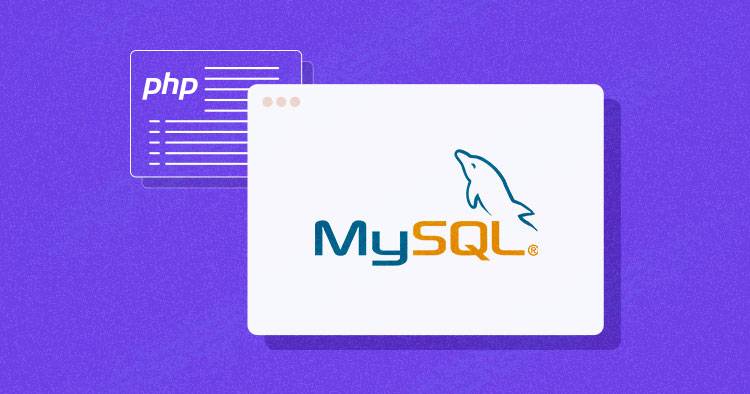Pro & University Programs
Free Information Security Courses

Get Free Information Security Certificates
Information security, also called data security, is the branch of computer science and information technology that deals with protecting data through encryption. When data is encrypted, it prevents unauthorized access to the individual’s or the organization’s data. It also helps prevent the misuse, disclosure, disruption, modification, inspection, recording, copying, and destruction of the owner’s data. It is an integral part of information risk management.
Information security is driven by three main principles. It is called the CIA triad. CIA stands for Confidentiality, Availability, and Integrity.
- Confidentiality: The measures are taken to protect the data disclosure from unauthorized parties. The elementary purpose of this principle is to keep all personal data private. It ensures the visibility and accessibility of the data only to the authorized parties who own it or those who need it to perform the organizational operations.
- Integrity: It includes consistency of the data. It protects the data from unauthorized changes such as additions, deletions, alterations, etc., to the data. The elementary purpose of the integrity principle is to make sure that the data is accurate and reliable and the data is not modified incorrectly through accidental or malicious ways.
- Availability: It is the system's ability to protect the software and make sure that the system's data is wholly available whenever the user needs it or even at the specified time. The elementary purpose of the availability principle is to ensure technology infrastructure and applications. The data must be available when the customers or users need it for organizational purposes or for its customers.
Information security is broadly classified into:
- Access control
- Identification
- Authentication
- Authorization
Information is secured through a process called encryption. This subject is called “cryptography.” Cryptography transforms the information into coded subjects while it is transferred. The authorized party can decode the information into a readable format using a cryptographic key. This process is called encryption. Cryptography is the method to prevent data leak or modification while it is transmitted electrically or physically. Digital signatures, message digests, authentication methods, non-repudiations, encrypted network communications are the different types of cryptography methods used to secure the data.
Information security has certain policies. They are called ISPs or Information security policies. ISP is a set of rules guiding when individuals use IT assets. Every organization can have its own set of policies to ensure that the employees and their users follow security protocols and measures. This ensures that only the authorized parties access the company’s sensitive system and data.
Setting an effective security policy and taking measures to make sure of its compliance is a very crucial step to prevent and mitigate security threats. Updating the policy frequently based on the company changes, new threats, conclusions drawn from prior breaches, and changes in the security system tools has to be made to make sure that the policy is truly effective. It is necessary to deploy a set of expectations with the approval process to meet the needs and urgency of different departments in the organization. This has to enable departments and individuals to deviate from those rules under specific circumstances.
Information is not free from threats. This is why information or data has to be secured. Common threats are:
- Unsecure systems: It is also called a poorly secured system. Speed and the development in technology often turn out to be a threat to security measures. In certain cases, systems are built without proper security. It remains in operation at the organization as a legit system. It is important for organizations to identify these poorly secured systems. It mitigates the threat by protecting, altering, decommissioning, or isolating them.
- Social media attacks: Almost three-fourths of the population have social media accounts. A lot of people tend to unintentionally share their personal information on social media platforms. Hackers attack this information by spreading malware through social media or indirectly by using information gained from these social media sites. This analyzes user and organization vulnerabilities. These are used to develop an attack against them.
- Social engineering.: It involves sending emails and messages to trick users into performing actions that may compromise their security and divulge their private information. This is done by manipulating users through psychological triggers such as urgency, fear, and curiosity. Organizations have to train their employees to identify these kinds of suspected social engineering messages. This will prevent users from clicking on the unknown links or downloading the unknown attachments.
- Malware on endpoints: Employees work with a huge variety of endpoint devices such as desktop computers, laptops, tablets, and mobile phones, which are privately owned. These are not under the organization's control. All of these are regularly connected to the internet. Malware is the primary threat to all these endpoints. This can be transmitted through various means and can result in compromise of the device. Traditional antiviruses are not capable of blocking all modern malware. Advanced methods like endpoint detection and response are developed to prevent this malware.
- Lack of encryption: It encodes the information so that only the authorized parties can access it through decoding with a secret key. It prevents data leaks or data loss, or data corruption in case of theft. This measure is overlooked because of the complexity and lack of legal obligations. Organizations are now securing their data in the cloud to ensure dedicated security tools.
- Security misconfigurations: There are a lot of technology platforms and tools for web applications, databases, SAAS (software as a service) applications, IAAS (information as a service) from providers available today. It is upto organization's choice to select from the plethora of availability.















